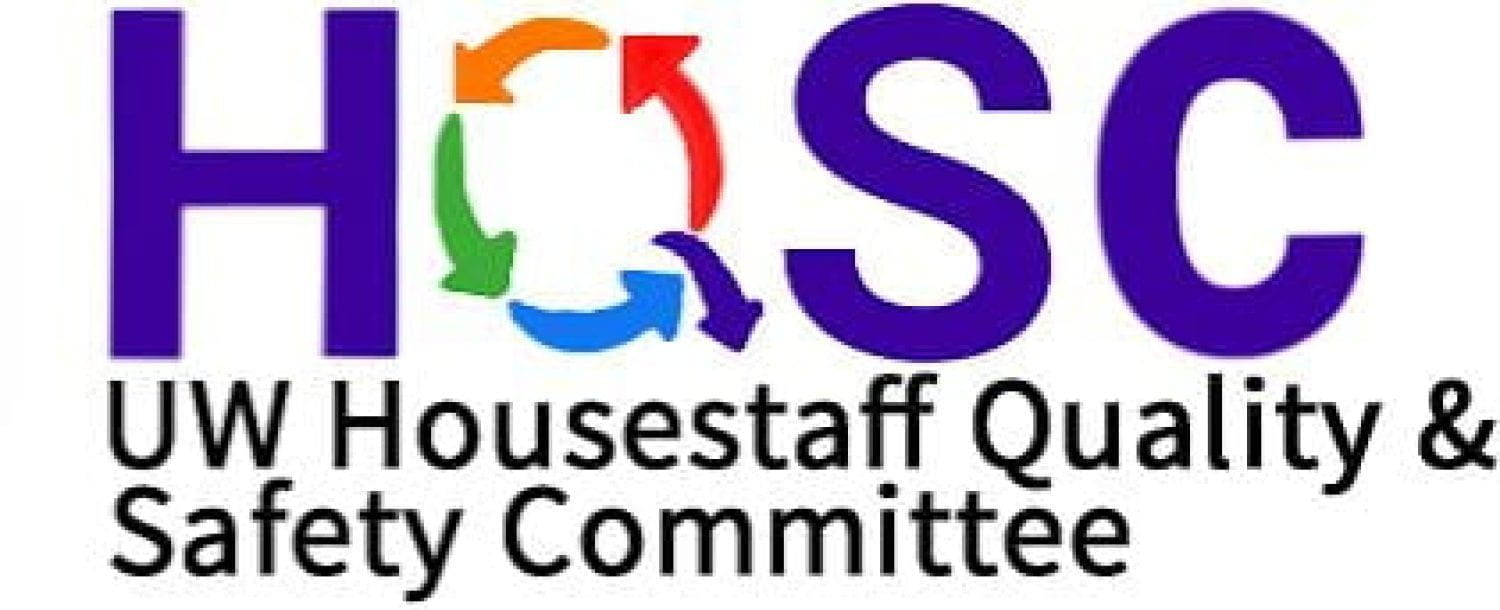Telehealth and Innovation in Rural Care
At UW, we often find ourselves caring for patients from across the WWAMI region, many of whom live in rural areas far from Seattle. What do these patients do when they return to their communities? How can we help them find specialized care in areas that are underserved for even basic care? What if these patients never had to come in to a referral center at all? These are some of the questions that have driven Dr. John Scott and Cindy Jacobs, RN JD, of the UW Telehealth team to explore how telehealth can be best utilized to serve our patients — and our system. Telehealth can take many forms, including live consultations (e.g. Skype sessions), store-and-forward (e.g. tele-radiology), e-consultation, remote monitoring of patients (e.g. smart devices and even tele-ICUs), and case-based teleconferencing. Dr. Scott notes that utilizing these systems helps everyone in the system, from patients who have greater access to providers and specialists, PCPs who get a quicker response to consultation, specialists who can handle simple consults with a brief message and ensure that their clinic is more appropriately utilized, and hospital systems and insurers who save money. Data supports these benefits of new health delivery systems, showing that- UW online urgent care services had better antibiotic stewardship, with antibiotics prescribed in only about 25% of patients (as opposed to ~40% baseline)
- In patients with URI, digital urgent care prescribed inappropriate antibiotics 33% less than traditional care
- Telehealth diabetes monitoring in Mississippi showed an average A1c reduction of 2 and a significant decrease in hospitalization and ER use
- Remote monitoring of Harborview Cardiology patients with high system utilization (“frequent fliers”) showed significant improvements in symptom control and decreases in ER use and hospitalization
Telehealth and Innovation in Rural Care



